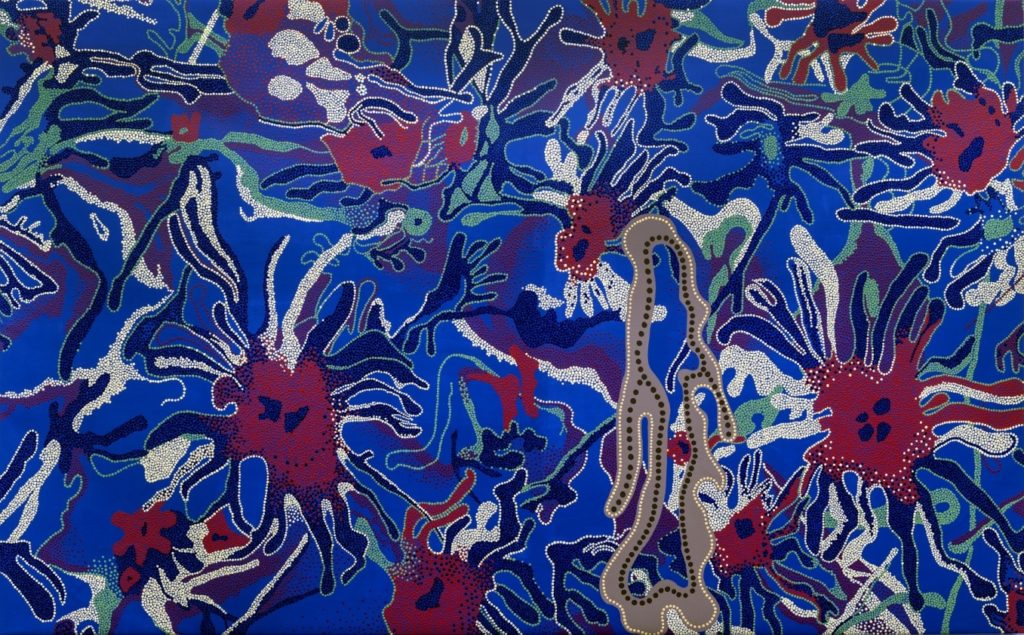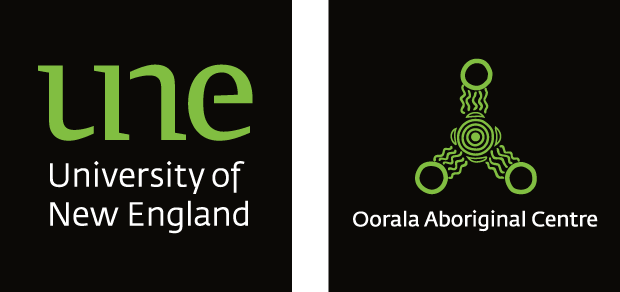Introduction
Aboriginal Art consists of arranging and layering of symbols and patterns to tell a story or depict a memory. Many traditional symbols and patterns come with their own stories of creation and are mirrored in the songlines of the land.
Symbols come from the world around the artists, past and present, and were used in order to show the presence of objects that existed around them. The cultural beliefs that were embedded in the stories and as a form of communication.
They can tell you about the landscape — the mountains, valleys, rivers, waterholes, — and the people, the meetings, and the animals that populate that landscape. Patterns have meaning as well and create a richer story around and within the symbols.
Colour today comes from the paint we have on hand or that which we can buy through an art shop. However, in earlier times it came from the land —the ochres, charcoals and plants of the environment.
Larissa Ahoy created the painting on the right. She calls it Echidna.
Read about our cultural and art history and the beginning of modern Aboriginal art and check out how many different Aboriginals are representing their country and culture.
The Aboriginal Indigenous communities believe that our earth and everything on and in it was created by their ancestral spirits.
Lesson Topics
- Songlines
- Symbolism
- Indigenous art symbols
- What do you know about symbols? (a quiz)

Reconciliation by Lloyd Hornsby
What do you think is the relationship between his images and the ideas you might have of reconciliation?

